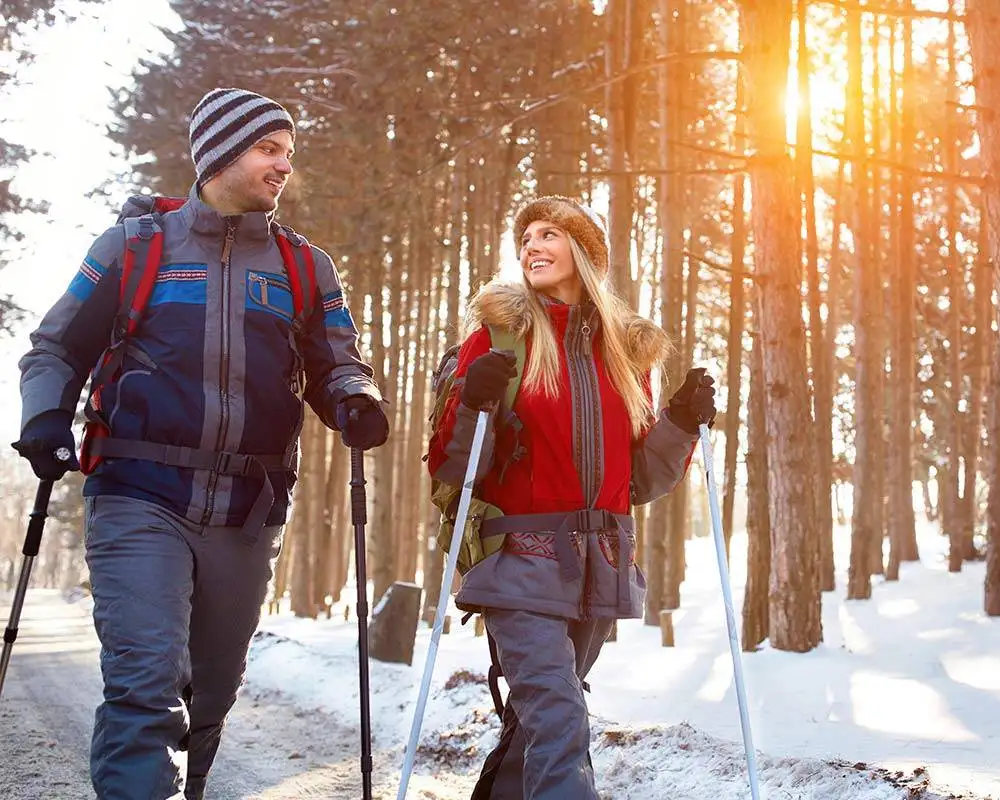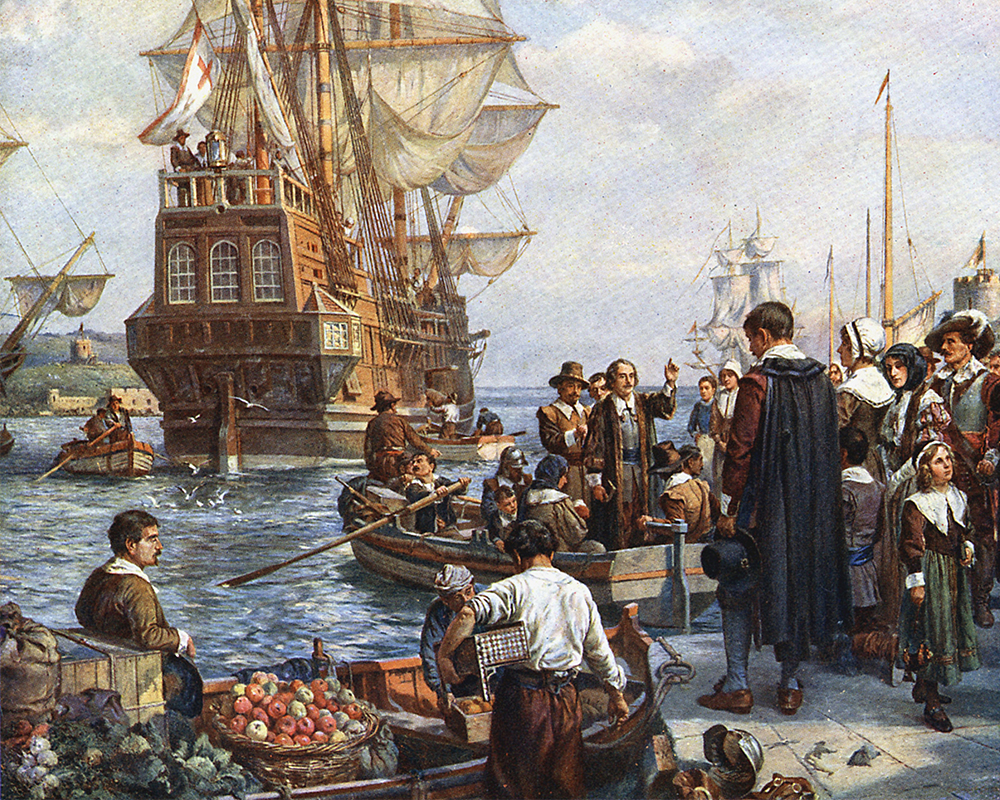Photos and Story by David C. Olson
Editor’s note: We’re fortunate that Rockford is home to one of the world’s finest wildlife photographers. Here, he shares observations about the wolves he has photographed for the past decade. Find more photos in the current issue of Northwest Quarterly Magazine and at davidolsonphoto.com.
There are few large mammals in North America that better symbolize the wilderness and an intact ecosystem than the mountain lion, grizzly bear and wolf. Many people love wolves and what they bring to wild places; others view them as competition for natural resources.
For me, the wolf is an embodiment of the wilderness. Over the past 10 years, I’ve devoted my photography expeditions to six states and two countries in order to document and photograph the gray wolf for books and magazines, working with top wolf biologists.
I’m always delighted to photograph this highly intelligent canine, with its strong family bonds that we treasure in the domestic dogs we love so much. Early man had relationships with wolves, and so began the friendship.
There’s a longstanding notion that wolves are bloodthirsty predators. They are not. According to state records, not even one documented case of a wolf attacking a human exists. A wolf only kills prey to survive and feed its family.
In the 1940s, the false idea that wolves posed a major threat led to their elimination in most regions of North America. It took more than 40 years to begin restoring the wolf back to some of its native regions.
Three types of wolves live in North America: the Gray Wolf, Red Wolf and Arctic Wolf. The Gray Wolf (canus lupus) is found in Minnesota, Michigan, Wisconsin and, occasionally, in Illinois.
Wolves in the Midwest are smaller than their Alaskan or Canadian cousins, weighing 80 to 100 pounds and standing 33 to 36 inches tall at the shoulders. They may be mistaken for a coyote, which is half that weight and just 24 inches tall.
A wolf’s life is difficult. Disease, habitat loss, pack dynamics, hunting/trapping by humans, car collisions and the hazard of taking down large prey lower a wolf’s life expectancy. Those in the wild average only 4 to 7 years of life.
Gray Wolves feed mainly on deer, beavers, rabbits, snowshoe hares and other small mammals, and can also catch fish. Wolves typically feed on sick, weak or elderly animals, which improves the overall health of these species. Last year, vehicles in Wisconsin killed 13 times more deer than wolves did.
I have witnessed the bonds of caring among wolves. They live in packs led by an alpha female and an alpha male, experienced wolves who must make good decisions for the pack much as human parents do for their families.
Wolf breeding in North America begins in February. Pups are born about 62 days later and all pack members help to raise them. Between ages 2 and 5 years, a young wolf disperses from the pack and may roam 100 miles before it finds or starts another pack. These are the types of sightings we see in southern Wisconsin and northern Illinois.
In states where hunting or trapping wolves is legal, inexperienced pack members may be left without family leaders, forced to look for easy prey. Science has found that hunting wolves causes more problems to humans than it solves. In our region, a wolf may roam in search of a mate and never find one, since very few exist here. The likelihood a wolf will die while roaming unfamiliar lands is high.
My most memorable wolf encounter happened in Jasper National Park, in Alberta, Canada, in 2004. My wife and I were deep in the forest when a black wolf and a white wolf crossed our path. Looking into their eyes was truly a spiritual experience.
In my photographic journeys, I’ve witnessed pups howling for the very first time. I’ve seen the excitement of a pack when pups are born. I’ve witnessed the strategy and physical skills wolves use in everyday life and have seen them express many emotions: happiness, playfulness, pain, rejection, love – not unlike emotions we feel.
It’s wonderful to know we can travel a few hundred miles north of home and hear the howling voice of North America’s wild canine. As humans, we have a responsibility to preserve wild ecosystems and make a place for wolves and other species that benefit from their activity.
My life is richer because of life-changing encounters, images and moments I’ve shared with wolves. I’ve never felt threatened by them – only enlightened by them and privileged to share their images with people. ❚
















